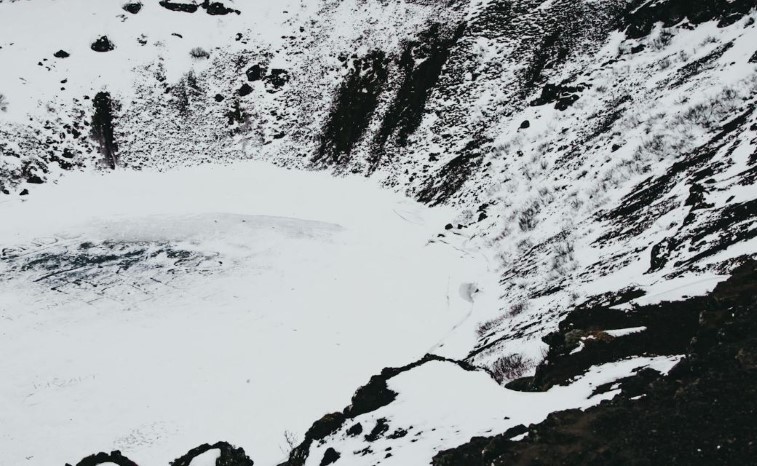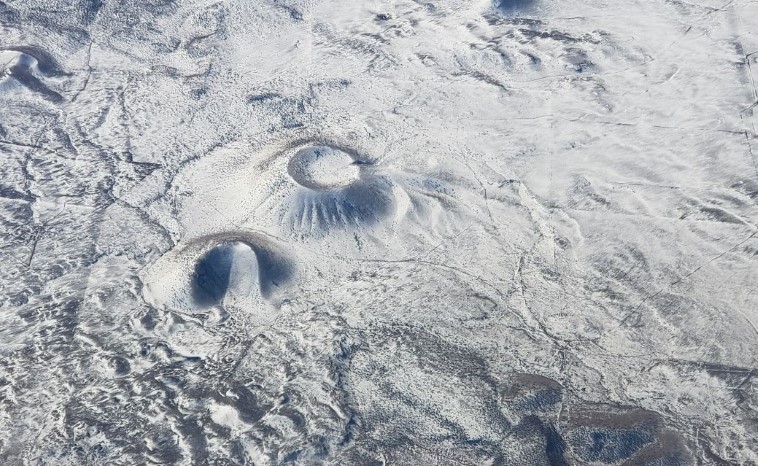The various craters on our natural satellite

The term crater has a very broad meaning in the topography of the Moon. This usually refers to all ring-like formations, and they are mostly circular in shape, but with numerous exceptions of the rule. They are of different origins and very different sizes.
The smallest craters can only be seen under a microscope, while the largest can fit a small country as their diameter is up to 300 kilometers. There are millions of craters under 1 meter in diameter, and about 300,000 over 1 kilometer in diameter, and that’s on the side closer to us.
In total, there are about a million craters on the Moon!
There are a few different classifications by various authors, but let’s try to list the four main ones below.
1.
The largest craters are those from 60 to 300 km in diameter. In the literature they are called circular plains or circular depressions. Their bottom is usually slightly below the ground level outside the wall and follows the curvature of the entire surface of the Moon.
Because of the latter, a person standing in the middle of this crater would not feel that they were inside the crater. In fact, one would not see the surrounding wall of mountains at all because they are below the horizon. This is mainly due to the curvature of the surface.
The wall of the basin is several kilometers high, and it is composed of a large number of mountains.
2.
Probably the most beautiful and interesting to observe are the craters formed by the mountain ring. The diameter of these craters is from 30 to 150 km. The craters have a closed and regular circular wall with relatively sharp ridges.
The inner side of the wall gradually descends to the bottom (forming terraces) at an angle of 20° to 30°. The outer side has a much gentler slope, from 5° to 16°.
In 75% of cases, these mountain rings have one or more elevations in their center, i.e. central peaks and this makes them particularly attractive to observe.

Their bottom is below the level of the surrounding terrain. The volume of the inner part of the crater, which is below the level of the surface of the surrounding terrain, as a rule, is equal to the volume of the wall above that area.
Among the most beautiful examples of this type of crater are Copernicus, Theophilus and Tycho.
3.
Then there are craters that we call annular depressions. The diameter of these craters is from 5 to 60 kilometers. Their wall is simple, circular in shape with a rather sharp ridge.

The slope of the outer side is from 6° to 8°, and the inner side is 10° to 12°. The inner side has no steps but is relatively smooth. The bottom is at a depth that exceeds the height of the wall measured from the level of the exterior area. The ratio of depth to diameter is 1:5. These craters do not have a central peak.
4.
Even smaller craters are crater pits. They are up to 5 kilometers in diameter. They are simple depressions in the ground. If their diameter is less than one kilometer, they have no elevation above the surroundings.
In most cases, the depth of crater pits represents 0.2 part of their diameter. These are the smallest objects on the Moon that can be seen from Earth with a telescope.
There are also various variations of the mentioned types of craters. Most craters have a regular circular shape, but there are also deviations from this, as the wall of some is completely irregular.
Some craters, again, have two ring walls. This phenomenon is actually very rare, but it is worth knowing.
Lastly, there are craters with rays which are of special interest. These are glittering craters surrounded by a large blindingly bright halo from which long white rays extend in all directions. These rays are clearly visible only at full Moon when the Sun is high above them.
Want to read more about the universe? Visit our blog!

